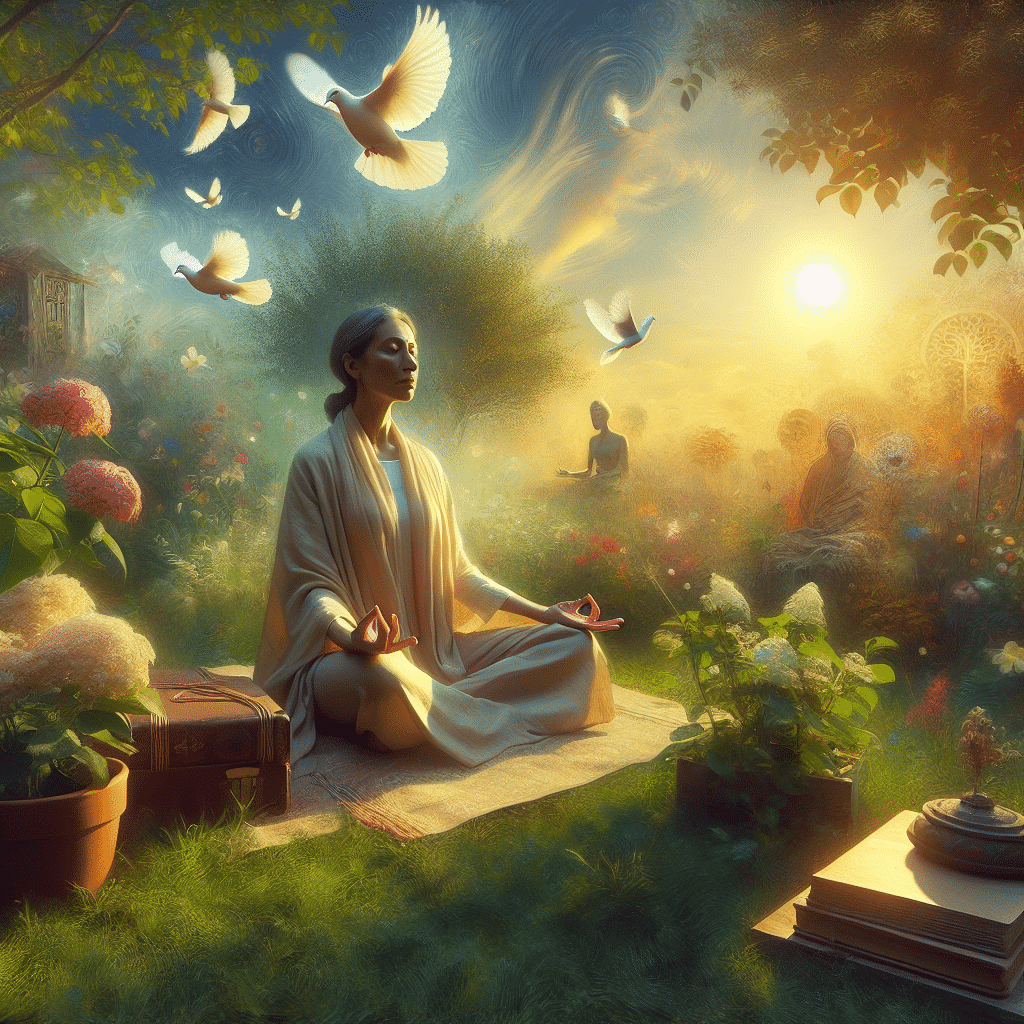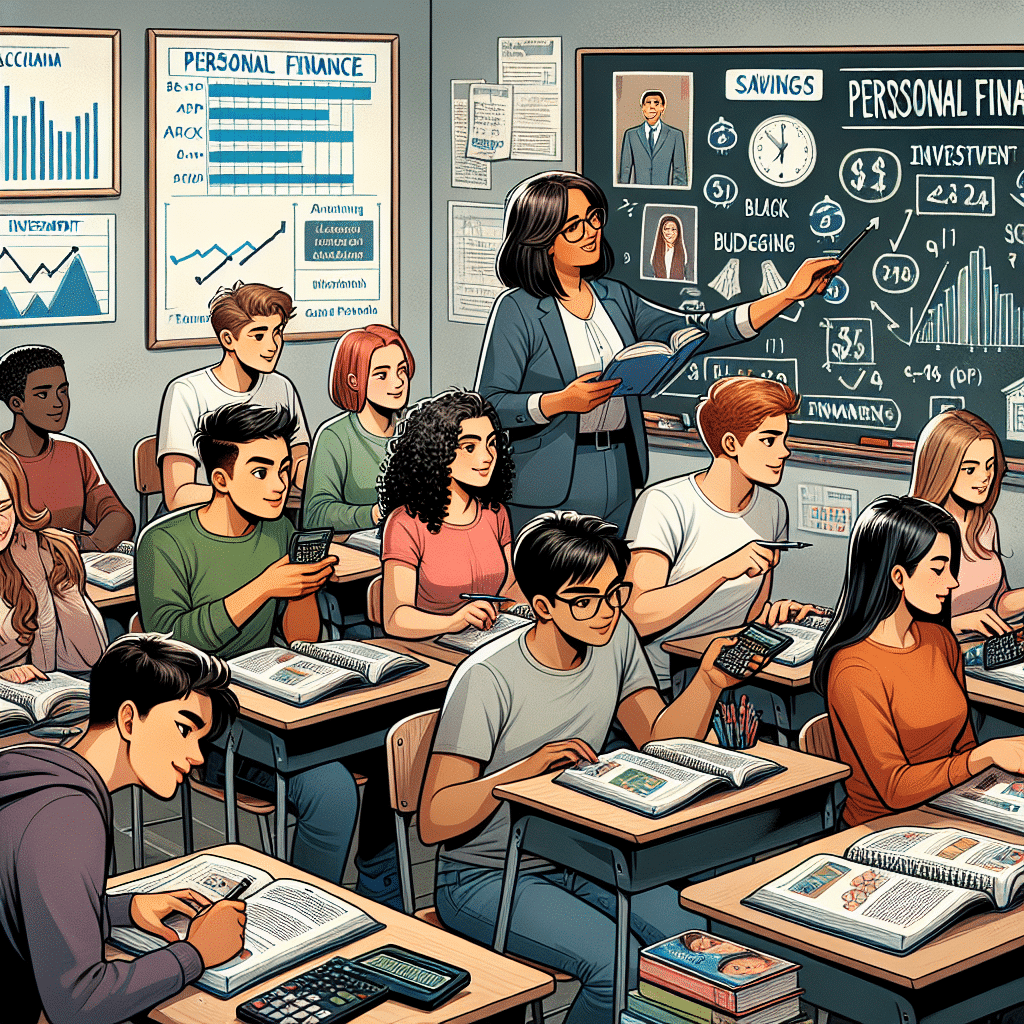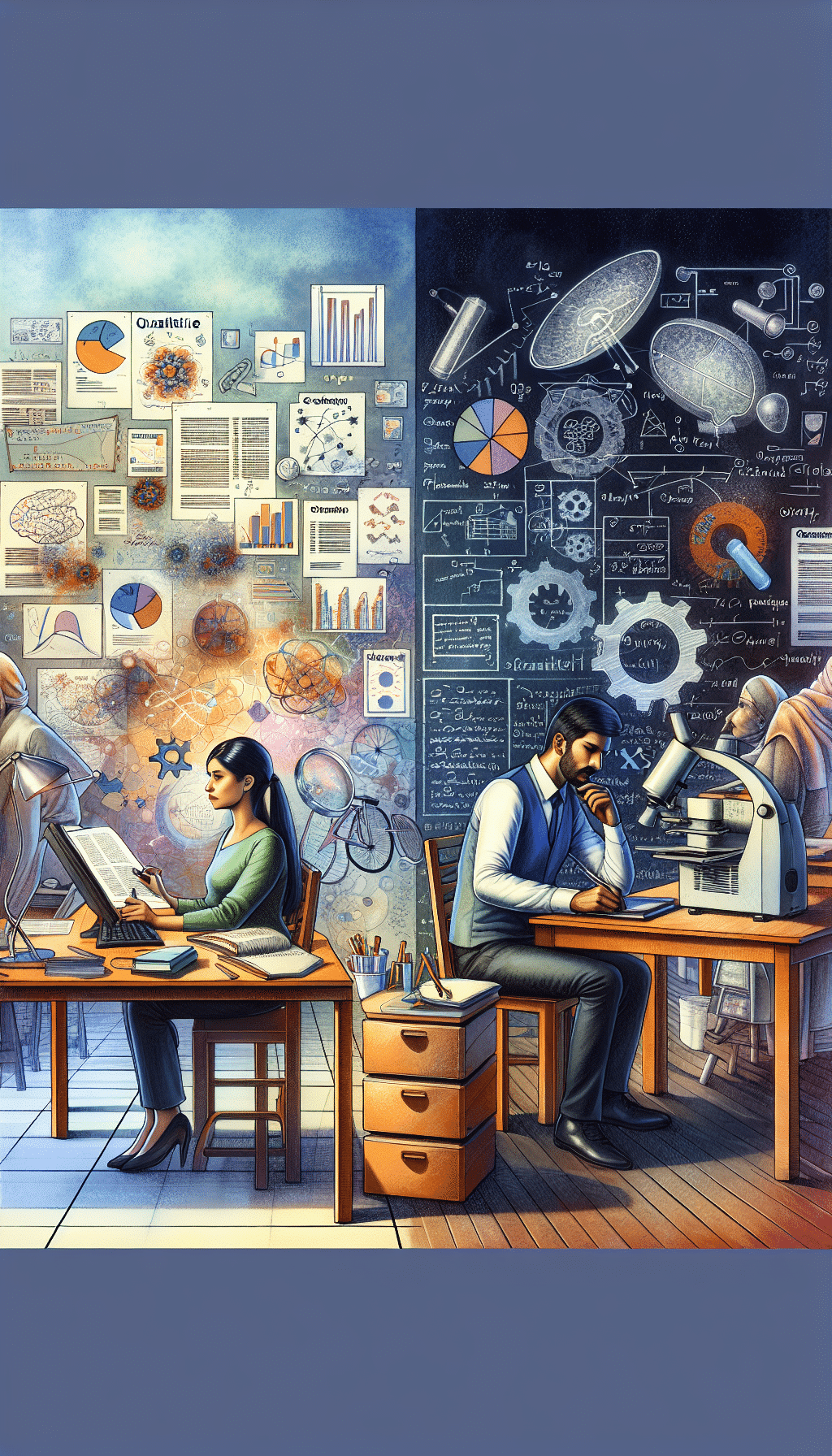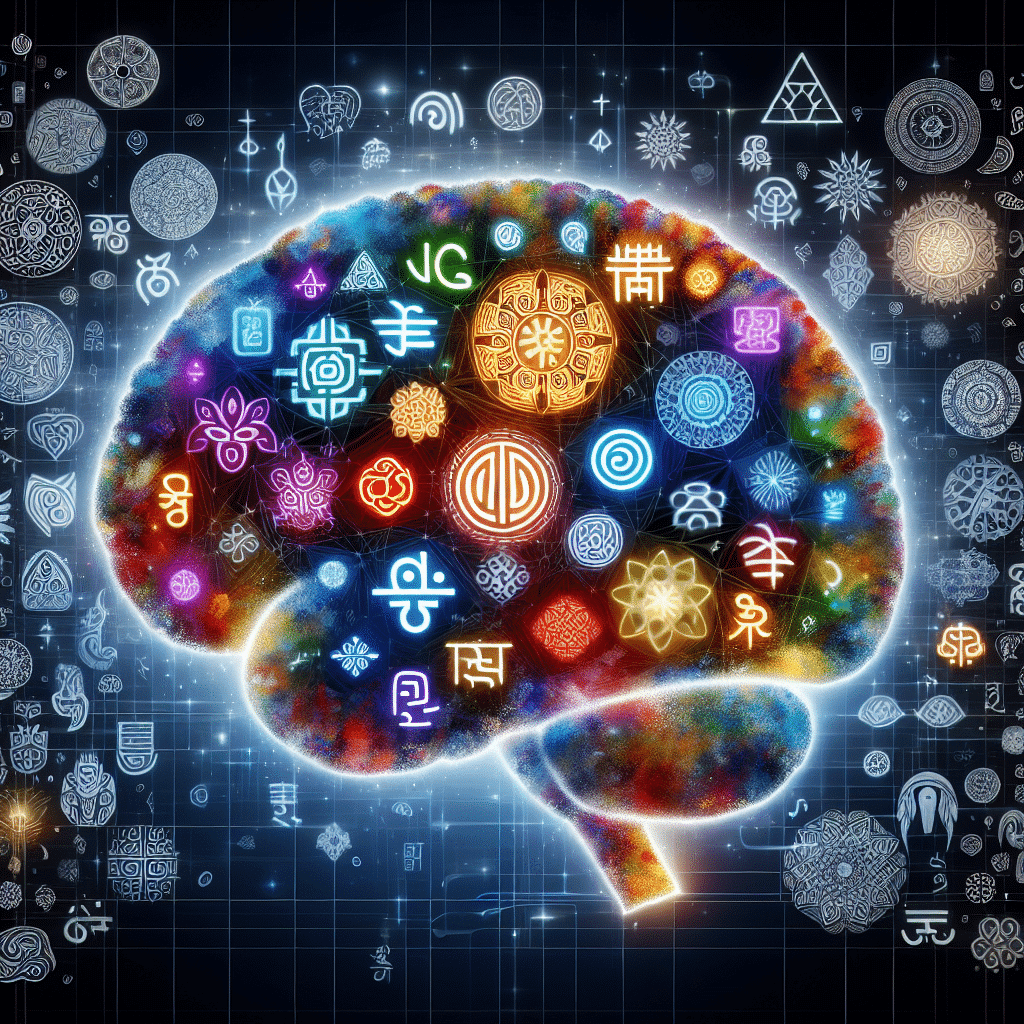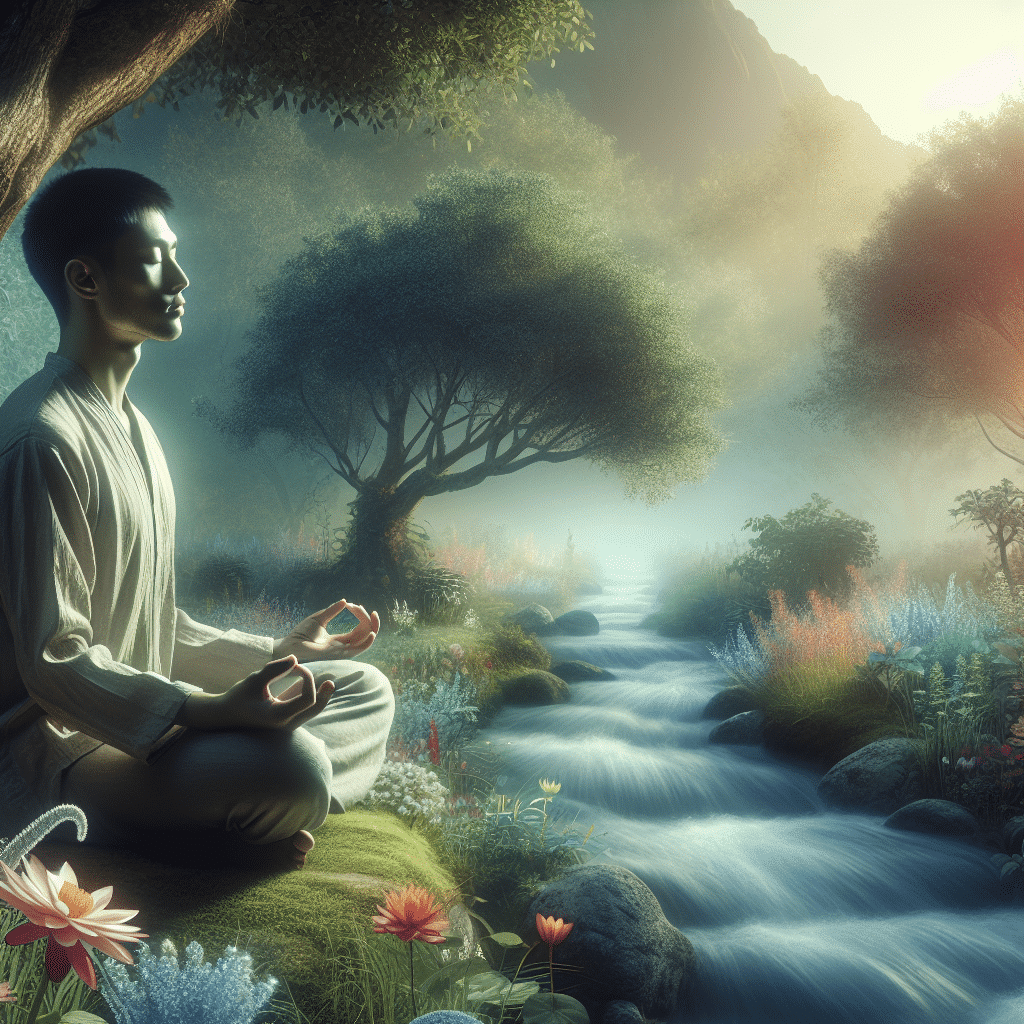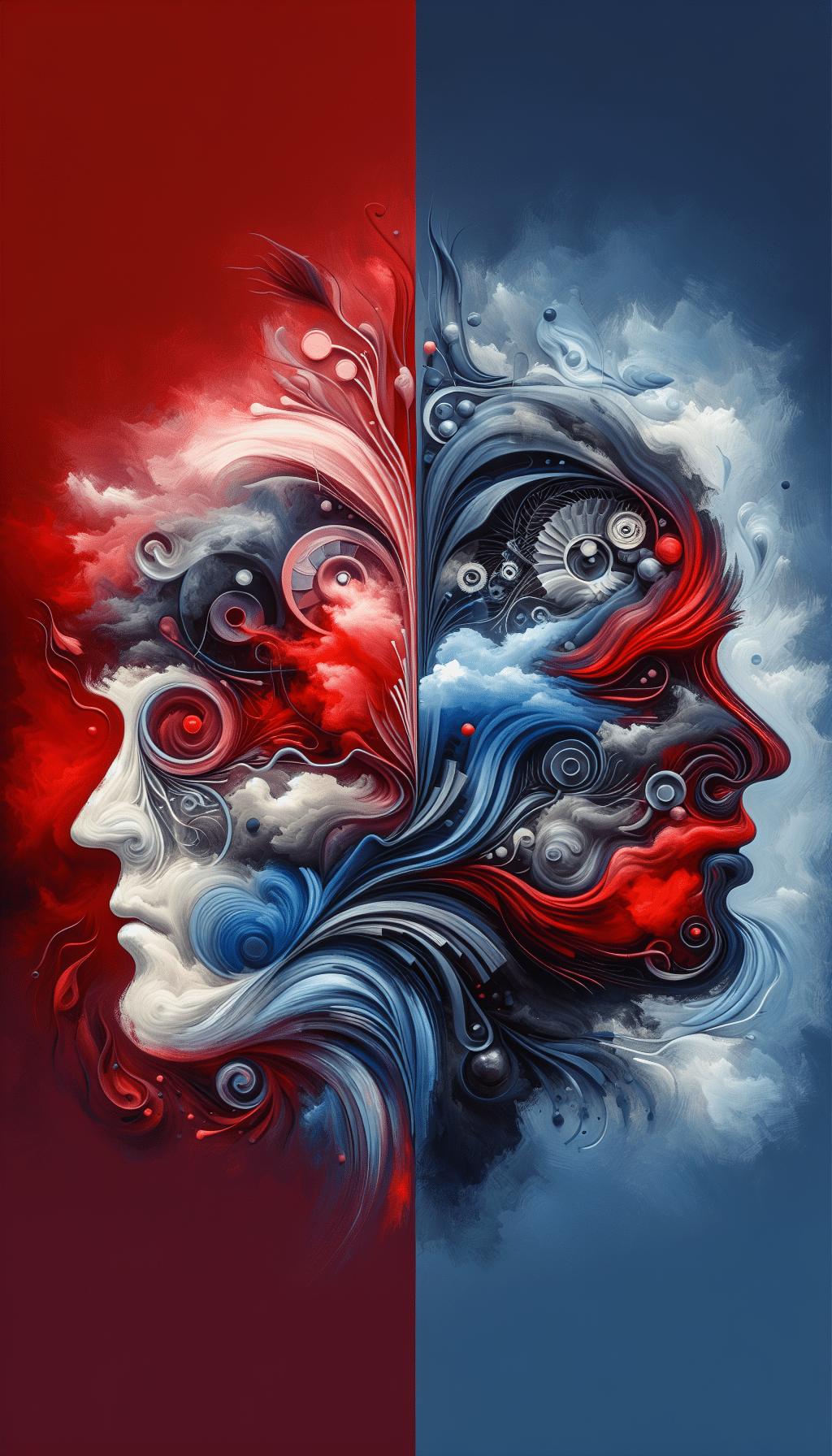
Understanding Emotional Intelligence in Creativity
In the realm of creativity, emotional intelligence plays a crucial role in unlocking innovative ideas and solutions. Emotions act as a driving force behind creative thinking and problem-solving. Being in touch with one’s emotions and understanding how they can influence the creative process is essential for fostering a conducive environment for innovative breakthroughs.
Emotional intelligence, often referred to as EQ, encompasses the ability to recognize, understand, and manage one’s own emotions, as well as understand and influence the emotions of others. In the context of creativity, individuals with high emotional intelligence are more adept at tapping into their emotions to fuel their creative endeavors. They are better able to navigate through complex emotional states and channel them into productive outlets for creativity. By honing their emotional intelligence skills, individuals can enhance their creative capabilities and produce more impactful and meaningful work.
Understanding Emotional Intelligence in Creativity
In the realm of creativity, emotional intelligence plays a crucial role in unlocking innovative ideas and solutions. Emotions act as a driving force behind creative thinking and problem-solving. Being in touch with one’s emotions and understanding how they can influence the creative process is essential for fostering a conducive environment for innovative breakthroughs.
Emotional intelligence, often referred to as EQ, encompasses the ability to recognize, understand, and manage one’s own emotions, as well as understand and influence the emotions of others. In the context of creativity, individuals with high emotional intelligence are more adept at tapping into their emotions to fuel their creative endeavors. They are better able to navigate through complex emotional states and channel them into productive outlets for creativity. By honing their emotional intelligence skills, individuals can enhance their creative capabilities and produce more impactful and meaningful work.
Impact of Emotions on Creative Thinking
Emotions play a significant role in the creative process, influencing how we think, perceive, and problem-solve. When we are in a positive emotional state, such as joy or excitement, our creative thinking tends to be more expansive and innovative. On the other hand, negative emotions like fear or stress can hinder our ability to think creatively and come up with new ideas.
Research has shown that emotions can impact our cognitive processes, affecting our attention, memory, and decision-making abilities. For example, feeling inspired or motivated can enhance our ability to connect seemingly unrelated ideas and think outside the box. Conversely, feelings of anxiety or self-doubt can limit our creative potential and lead to mental blocks.
It’s important to recognize the influence of emotions on our creative thinking and learn how to manage them effectively. One way to harness the power of emotions in creativity is through mindfulness practices, which can help us become more aware of our emotions and their impact on our thinking. By cultivating a sense of emotional intelligence, we can better navigate the ups and downs of the creative process and leverage our emotions to fuel our creativity.
In addition, creating a positive and supportive work environment can also enhance our creative thinking. Surrounding ourselves with people who uplift and inspire us can boost our mood and encourage us to think more creatively. Collaborating with others who share our passion for creativity can spark new ideas and different perspectives, leading to more innovative outcomes.
Ultimately, understanding the impact of emotions on creative thinking is crucial for unlocking our full creative potential. By embracing our emotions, both positive and negative, and learning how to manage them effectively, we can cultivate a more fertile ground for creativity to thrive.
3. Harnessing Negative Emotions for Creativity
While negative emotions such as anger, sadness, or fear are often seen as barriers to creativity, they can actually be powerful sources of inspiration and innovation when harnessed effectively. Emotions like frustration can arise when faced with a challenging problem, pushing individuals to think outside the box and explore alternative solutions.
Research has shown that experiencing a moderate level of anxiety can enhance creative performance by increasing cognitive flexibility and divergent thinking. Embracing discomfort and uncertainty in the creative process can lead to breakthrough ideas and novel approaches.
Moreover, negative emotions can serve as motivation for creative expression, allowing individuals to channel their feelings into their work. Artists, writers, and musicians often draw inspiration from their own struggles and emotional experiences, creating authentic and compelling pieces that resonate with audiences.
To harness negative emotions for creativity, it’s essential to acknowledge and accept these feelings rather than suppressing or avoiding them. Mindfulness practices, such as meditation and journaling, can help individuals process their emotions and channel them into their creative endeavors.
Collaborating with others can also provide a supportive environment for exploring and expressing negative emotions in a constructive way. Sharing personal experiences and discussing emotional challenges can foster empathy and understanding, leading to deeper creative insights and connections.
In conclusion, negative emotions have the potential to fuel creativity and innovation when embraced and channeled effectively. By recognizing the value of these emotions and integrating them into the creative process, individuals can tap into a rich source of inspiration and produce meaningful and impactful work.
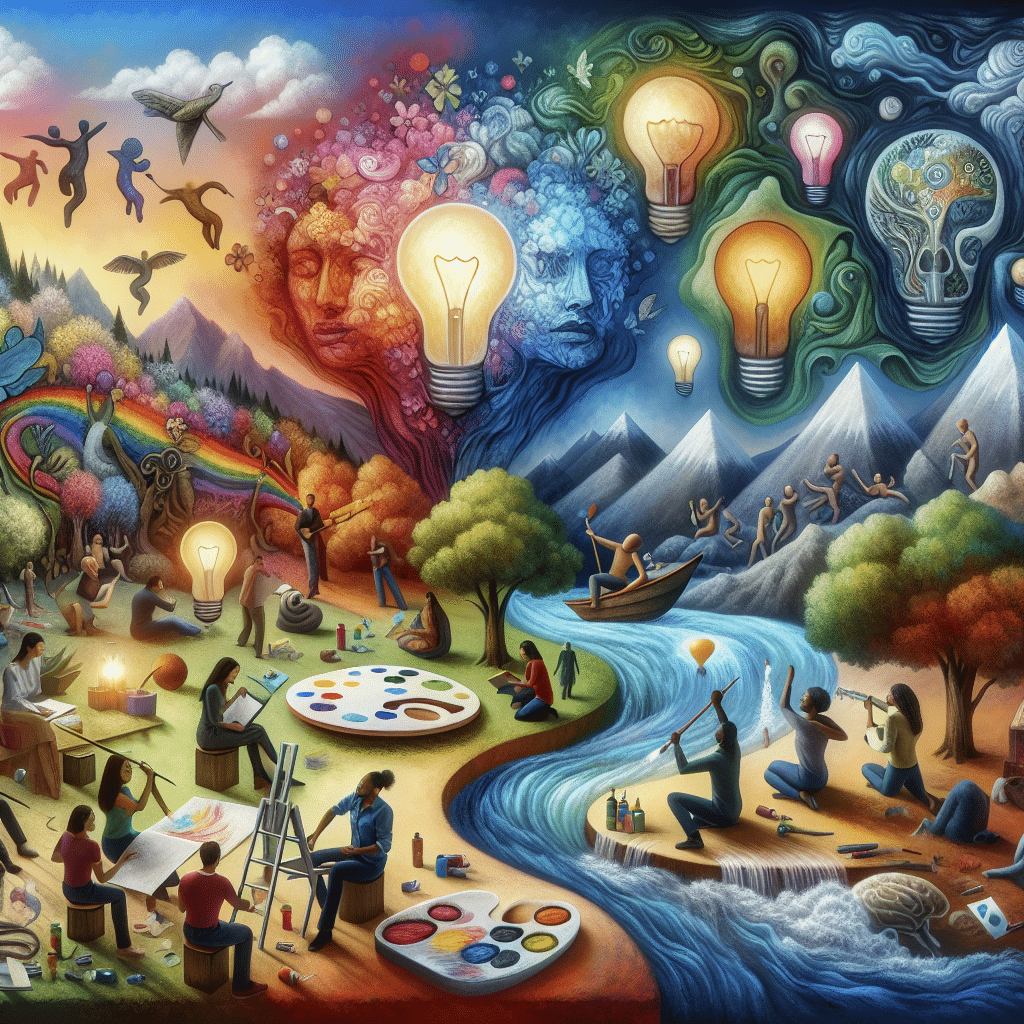
Creating a Positive Emotional Environment for Creative Work
Emotions play a significant role in creativity, and creating a positive emotional environment is essential for fostering creativity in individuals and teams. When people feel happy, motivated, and supported, they are more likely to tap into their creative potential and come up with innovative ideas.
One way to create a positive emotional environment for creative work is to build a culture of collaboration and trust. When team members feel respected, valued, and encouraged to share their ideas without fear of judgment, they are more likely to take creative risks and think outside the box.
Encouraging Open Communication
Encouraging open communication and providing a safe space for sharing ideas, feedback, and concerns can help foster a positive emotional environment. Team members should feel comfortable expressing their thoughts and emotions, knowing that they will be listened to and respected.
Celebrating Successes
Recognizing and celebrating successes, no matter how small, can boost morale and create a sense of accomplishment among team members. This positive reinforcement can motivate individuals to continue pushing boundaries and exploring new ideas.
Providing Support and Guidance
Managers and team leaders play a crucial role in creating a positive emotional environment for creative work. Providing support, guidance, and constructive feedback can help individuals navigate challenges, overcome obstacles, and stay motivated to pursue their creative endeavors.
In conclusion, creating a positive emotional environment for creative work is essential for unlocking the full potential of individuals and teams. By fostering collaboration, trust, open communication, celebrating successes, and providing support and guidance, organizations can cultivate a culture of creativity that drives innovation and growth.
Balancing Emotions and Logic in the Creative Process
Creativity often involves a delicate balance between emotions and logic. While emotions can fuel inspiration and drive innovative ideas, logic plays a crucial role in shaping and refining those ideas into tangible outcomes. Finding the right balance between these two aspects is essential for achieving creative success.
Embracing Emotions
Emotions can be a powerful catalyst for creativity, providing the passion and energy needed to pursue new ideas and projects. By tapping into our emotions, we can access a deeper level of creativity and imagination. It’s important to acknowledge and embrace these emotions, allowing them to guide and inspire our creative endeavors.
Engaging Logic
While emotions are essential for sparking creativity, logic is necessary for grounding and actualizing those creative ideas. Logic helps us evaluate the feasibility of our ideas, identify potential challenges, and develop a clear plan of action. By engaging our logical thinking alongside our emotions, we can ensure that our creative projects are realistic and achievable.
Finding Harmony
Instead of viewing emotions and logic as opposing forces, it’s important to see them as complementary aspects of the creative process. By finding a harmony between our emotional and logical thinking, we can leverage the strengths of each to enhance our creativity. Emotions can inspire us to think outside the box, while logic can help us structure and refine our ideas effectively.
Ultimately, striking a balance between emotions and logic in the creative process is key to fostering innovation and bringing creative ideas to life. By honoring the role of both emotions and logic in our creative work, we can unlock our full creative potential and achieve truly impactful outcomes.
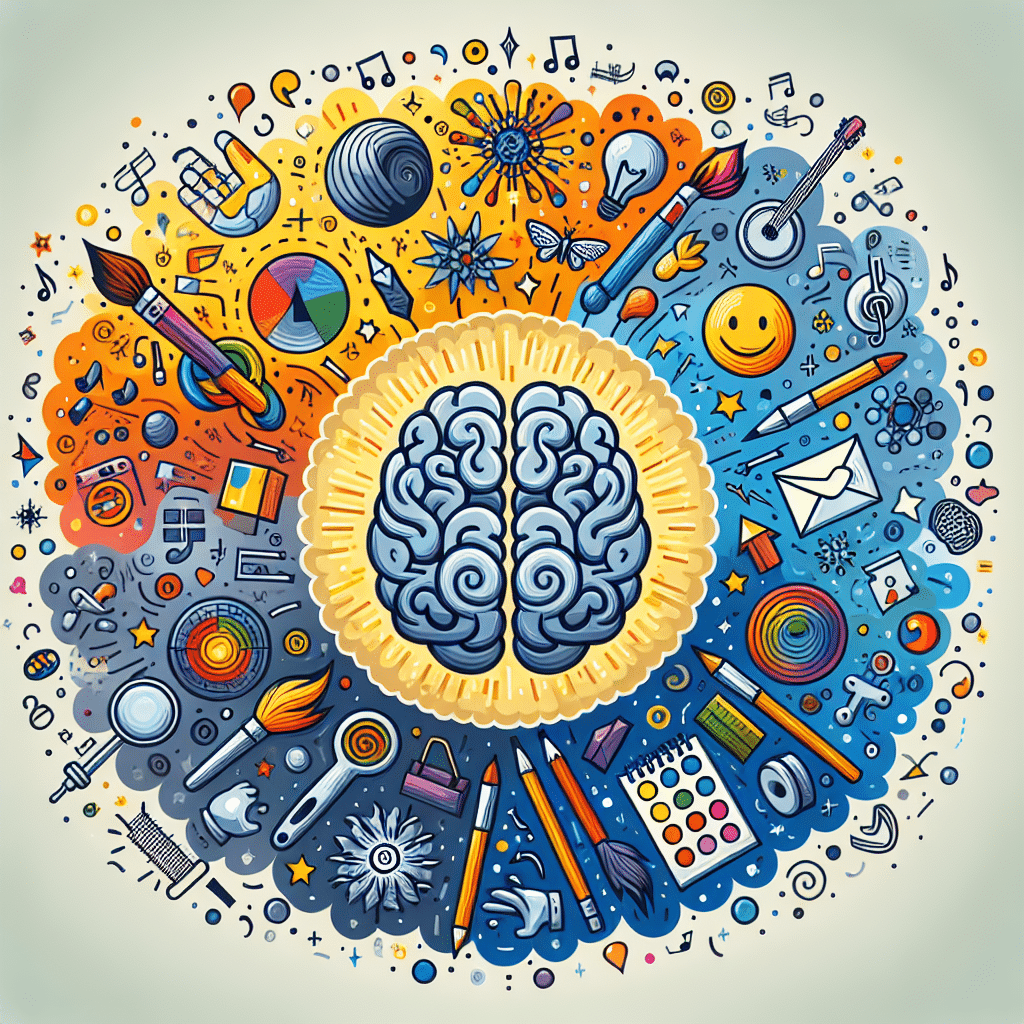
Summary:
Emotions play a crucial role in the creative process, influencing both the generation of ideas and the overall quality of creative output. It is important to cultivate emotional intelligence to better understand and manage emotions while engaging in creative endeavors.
While positive emotions like joy and enthusiasm can enhance creativity, negative emotions such as frustration and anxiety can also serve as catalysts for innovative thinking when properly channeled.
Creating a supportive and positive emotional environment, balancing emotions with logical reasoning, and acknowledging the intricate relationship between emotions and creativity are key factors in fostering successful creative outcomes.

